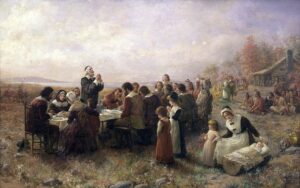9/11-Covid Connections
December 2, 2021
JUDITH SHARPE, of In the Spirit of Chartres, examines the similarities between 9/11 and Covid in an hour-long presentation which I highly recommend. Several commentators join in, including Daniel McAdams, Suzanne Pearson, a New York City policeman and yours truly (my comments begin at about 15:00). I’m a big fan of Mrs. Sharpe and applaud her for tackling these subjects as the 20th anniversary year of 9/11 draws to a close.
Both 9/11 and the manufactured pandemic were terrorist attacks against humanity. Both shredded the rule of law and constitutional protections. Both brought us totalitarian world government, police-state controls and an exalted image of government. Both weaponized fear and fostered a war-time mentality. Both were acts of mass murder. Both left untold psychological pain and damage. Both involve ongoing extensive, multi-layered lies and well-planned cover-ups. Both showed us that the media is practicing systematic mass manipulation with the aid of enemies at the highest levels of our government.
The success of the 9/11 absolutely enabled the plandemic. If Americans knew how greatly they were deceived with the first, they would have been less susceptible to the second. If Americans were better schooled in their history and knew of the workings of secret societies, with their zealous belief in bizarre, gnostic mysteries that go back thousands of years, in our government from its very inception, they would be less tragically taken off guard and blinded by deep deceptions and less likely to be suffering from a collective case of Stockholm Syndrome. Read More »




